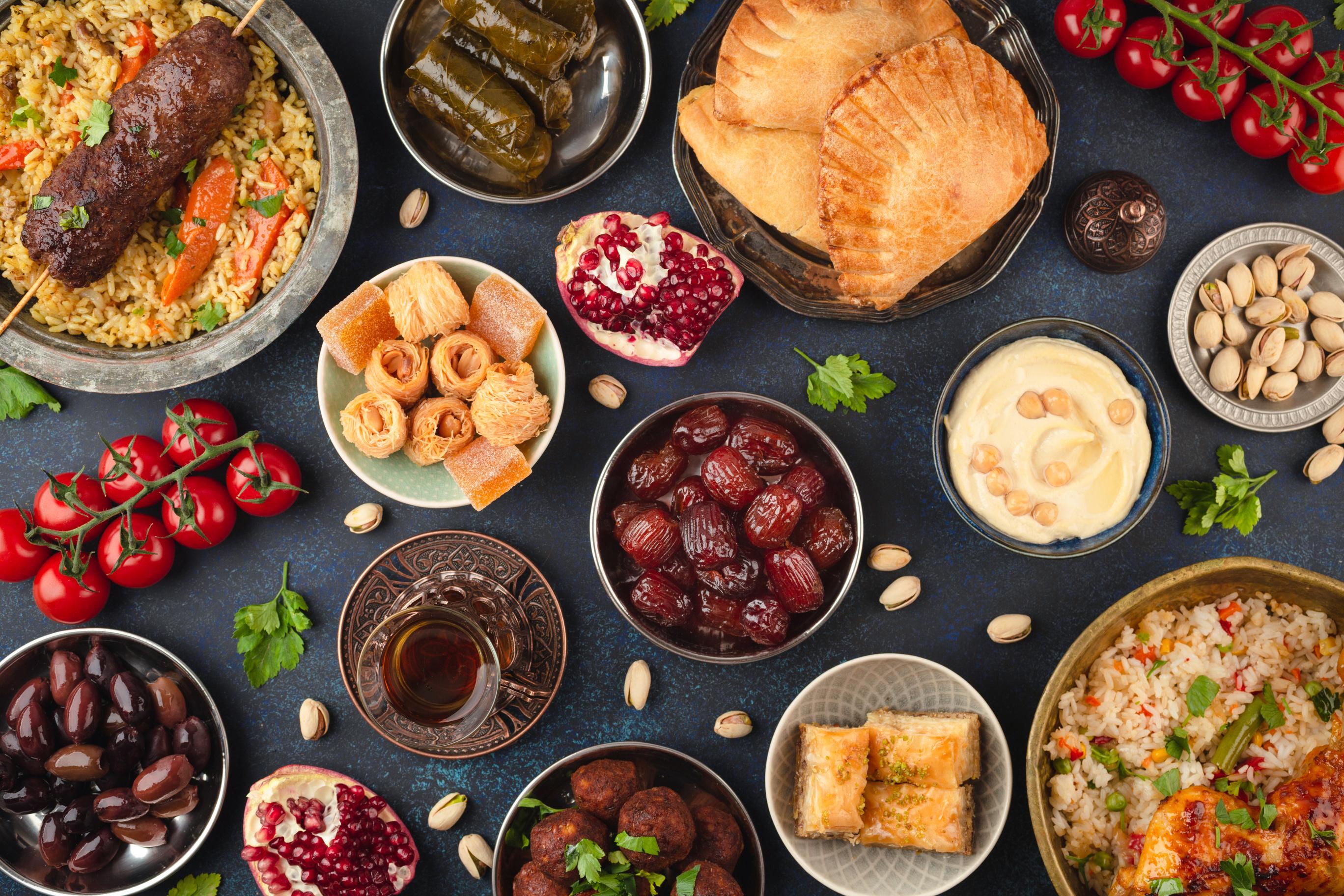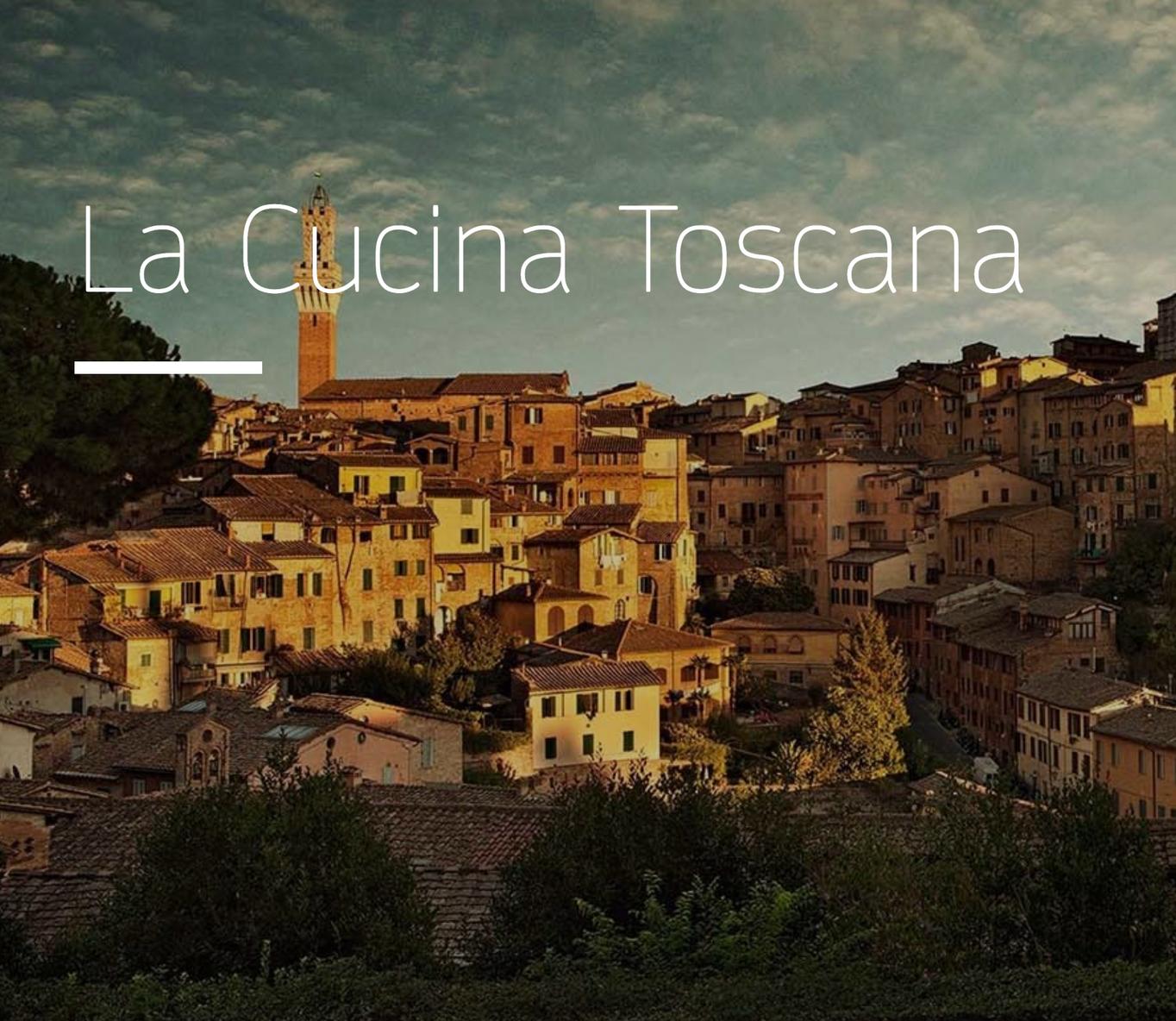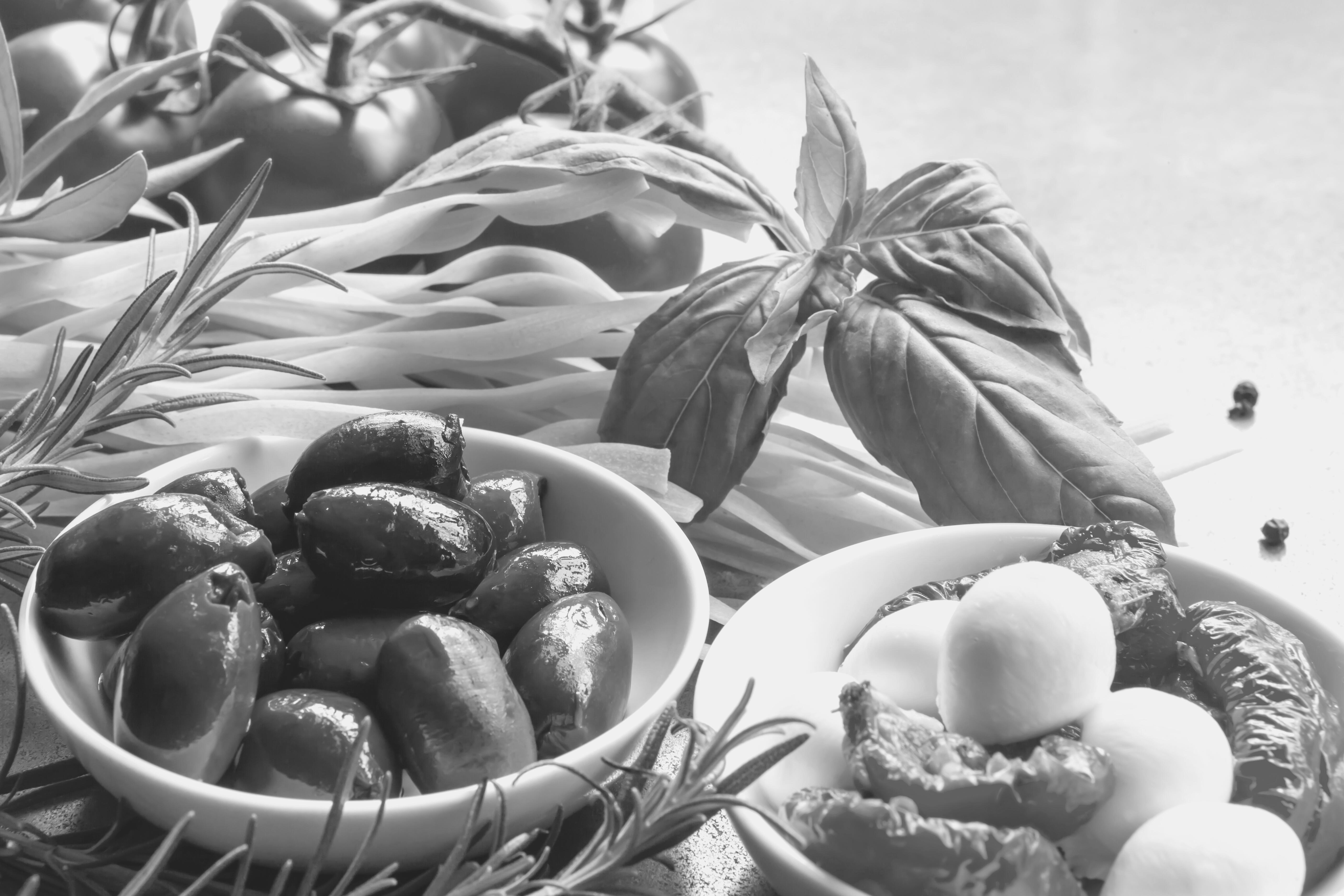FOOD MATTERS Culture Language Sustainability

Food Related Courses at the University of Iowa







ANTH:2140
This course is all about the passion of food, eating and drinking in our lives. You will be challenged to study food and foodways in all its variety and importance in different contemporary cultures of the world. We shall explore: How and why food and drink hold the power to bind people together or to set groups apart How are national cuisines made? How do people connect food and drink to ritual and health care systems? These questions and many more will be linked with the study of food and foodways to examine societal processes such as the construction of identities and symbolic meanings attached to eating and drinking.

IS:3550
Ari Ariel
Focusing on Asia, Europe and the Middle East, and migrant communities in the United States, this course will consider how food is related to ethnic and national identity, religion, class and gender. Among the questions we ask are: how do people use food to define themselves and the individuals and groups around them? How is culture transmitted through food? How does migration impact foodways both for immigrant communities and for others in receiving countries? Why are some foods described as ‘ethnic’ while others are not? Is eating ever an act of cultural appropriation? Students will leave the course with an understanding of how food influences, and is influenced by, social, political and cultural factors.


The first part of the course will explore how the Italian culinary tradition was born and evolved overtime, often reflecting historical and economic developments in the country. Students will explore the different geographical regions of Italy, and examine how each region established its own food culture, while at the same time being part of a national food culture. The first part of the course will also examine current culinary trends in Italian foodways, and how they are influenced by current social changes in Italy. The second part of the course will look at how Italian food has become a defining element of Italian ness in the world, and will focus in particular on the birth of Italian American foodways and Italian American food culture through the analysis of images of food in literature and film.


Have you ever stopped to consider the significance of food beyond merely keeping us alive? Food is embedded within our culture; our food choices say a lot about who we are. In this seminar, we will explore The Middle East and North Africa’s most traditional dishes and dig in their rich history. We will explore how we come to value certain foods in connection with our pasts, our family histories, and our culture, and especially, how foods have changed as they've crossed cultural barriers. Rooted in a Community Based Learning (CBL) project, this course will include readings, interviewing immigrants and refugees, and cooking. Students will have the opportunity to engage in cooking through making few famous dishes. A sample of these dishes includes Chicken Tagine, Couscous, Manakeesh, and Hummus.


 Viridiana Hernández Fernández
Viridiana Hernández Fernández
In their quest for food, humans have transformed plants and animals into food, cooking into cuisine, ceremony into etiquette, and mothers’ cooking into tradition. New eating patterns have changed cultures, economies, landscapes, and societies This course discusses those transformations through the lens of food and foodways from the Americas. The main purpose is to analyze the processes of colonialism, revolution, and globalization in Latin America via its food. How did colonialism change eating habits in the Americas, Europe, and Africa? What are the legacies of indigenous Latin American foods in international cuisine? How did globalization change Latin American landscapes and U.S. foodways?